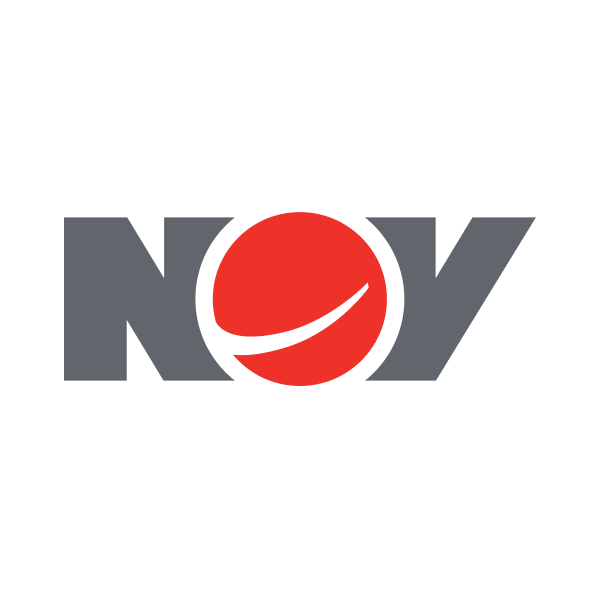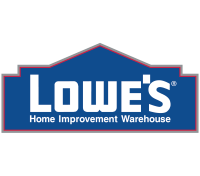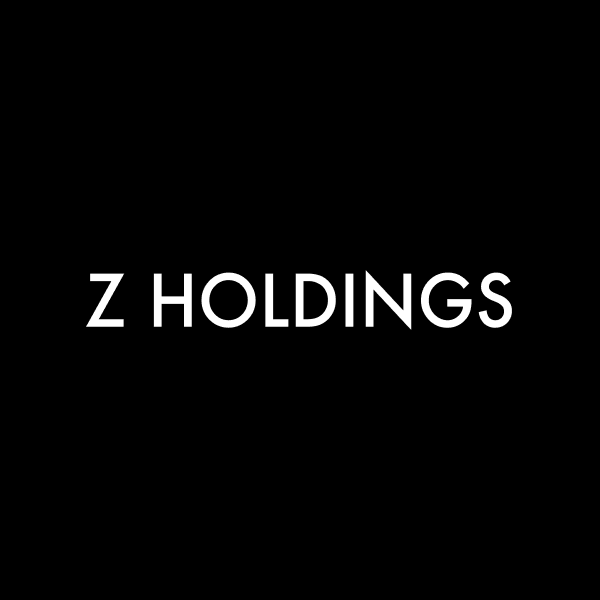
Nov Inc
NYSE:NOV


| US |

|
Johnson & Johnson
NYSE:JNJ
|
Pharmaceuticals
|
| US |

|
Berkshire Hathaway Inc
NYSE:BRK.A
|
Financial Services
|
| US |

|
Bank of America Corp
NYSE:BAC
|
Banking
|
| US |

|
Mastercard Inc
NYSE:MA
|
Technology
|
| US |

|
UnitedHealth Group Inc
NYSE:UNH
|
Health Care
|
| US |

|
Exxon Mobil Corp
NYSE:XOM
|
Energy
|
| US |

|
Pfizer Inc
NYSE:PFE
|
Pharmaceuticals
|
| US |

|
Palantir Technologies Inc
NYSE:PLTR
|
Technology
|
| US |

|
Nike Inc
NYSE:NKE
|
Textiles, Apparel & Luxury Goods
|
| US |

|
Visa Inc
NYSE:V
|
Technology
|
| CN |

|
Alibaba Group Holding Ltd
NYSE:BABA
|
Retail
|
| US |

|
JPMorgan Chase & Co
NYSE:JPM
|
Banking
|
| US |

|
Coca-Cola Co
NYSE:KO
|
Beverages
|
| US |

|
Walmart Inc
NYSE:WMT
|
Retail
|
| US |

|
Verizon Communications Inc
NYSE:VZ
|
Telecommunication
|
| US |

|
Chevron Corp
NYSE:CVX
|
Energy
|
Utilize notes to systematically review your investment decisions. By reflecting on past outcomes, you can discern effective strategies and identify those that underperformed. This continuous feedback loop enables you to adapt and refine your approach, optimizing for future success.
Each note serves as a learning point, offering insights into your decision-making processes. Over time, you'll accumulate a personalized database of knowledge, enhancing your ability to make informed decisions quickly and effectively.
With a comprehensive record of your investment history at your fingertips, you can compare current opportunities against past experiences. This not only bolsters your confidence but also ensures that each decision is grounded in a well-documented rationale.
Do you really want to delete this note?
This action cannot be undone.

| 52 Week Range |
11.11
16.43
|
| Price Target |
|
We'll email you a reminder when the closing price reaches USD.
Choose the stock you wish to monitor with a price alert.

|
Johnson & Johnson
NYSE:JNJ
|
US |

|
Berkshire Hathaway Inc
NYSE:BRK.A
|
US |

|
Bank of America Corp
NYSE:BAC
|
US |

|
Mastercard Inc
NYSE:MA
|
US |

|
UnitedHealth Group Inc
NYSE:UNH
|
US |

|
Exxon Mobil Corp
NYSE:XOM
|
US |

|
Pfizer Inc
NYSE:PFE
|
US |

|
Palantir Technologies Inc
NYSE:PLTR
|
US |

|
Nike Inc
NYSE:NKE
|
US |

|
Visa Inc
NYSE:V
|
US |

|
Alibaba Group Holding Ltd
NYSE:BABA
|
CN |

|
JPMorgan Chase & Co
NYSE:JPM
|
US |

|
Coca-Cola Co
NYSE:KO
|
US |

|
Walmart Inc
NYSE:WMT
|
US |

|
Verizon Communications Inc
NYSE:VZ
|
US |

|
Chevron Corp
NYSE:CVX
|
US |
This alert will be permanently deleted.
Nov Inc
Nov Inc. is an influential player in the oilfield services industry, weaving a legacy that has expanded over more than a century. As an integral backbone of the energy sector, Nov Inc. specializes in providing the technologies and services that operators worldwide depend on to access and extract oil and gas. The company’s operations are spread across multiple continents, encompassing diverse environments and challenges. At its core, Nov Inc. is an engineering powerhouse, designing and manufacturing the tools, equipment, and systems necessary for drilling, production, and operating efficiency. From the drilling rigs used offshore to the advanced analytics guiding downhole operations, Nov's innovations are embedded in energy exploration and production's everyday complexities.
The company's revenue streams are as dynamic as the industry it serves, anchored in three primary segments: Rig Technologies, Wellbore Technologies, and Completion & Production Solutions. Rig Technologies offers a suite of products and services ensuring both new rigs and aging fleets operate with precision and safety. Wellbore Technologies provides critical tools and equipment that help drill operators maintain control and reliability when penetrating the earth's crust. Finally, the Completion & Production segment focuses on technologies that optimize well completions and enhance productivity over a well’s life. This diversified portfolio enables Nov Inc. to capture value across the oil and gas development lifecycle, securing a steady flow of revenue while adapting to the evolving demands of the global energy landscape.

Nov Inc. is an influential player in the oilfield services industry, weaving a legacy that has expanded over more than a century. As an integral backbone of the energy sector, Nov Inc. specializes in providing the technologies and services that operators worldwide depend on to access and extract oil and gas. The company’s operations are spread across multiple continents, encompassing diverse environments and challenges. At its core, Nov Inc. is an engineering powerhouse, designing and manufacturing the tools, equipment, and systems necessary for drilling, production, and operating efficiency. From the drilling rigs used offshore to the advanced analytics guiding downhole operations, Nov's innovations are embedded in energy exploration and production's everyday complexities.
The company's revenue streams are as dynamic as the industry it serves, anchored in three primary segments: Rig Technologies, Wellbore Technologies, and Completion & Production Solutions. Rig Technologies offers a suite of products and services ensuring both new rigs and aging fleets operate with precision and safety. Wellbore Technologies provides critical tools and equipment that help drill operators maintain control and reliability when penetrating the earth's crust. Finally, the Completion & Production segment focuses on technologies that optimize well completions and enhance productivity over a well’s life. This diversified portfolio enables Nov Inc. to capture value across the oil and gas development lifecycle, securing a steady flow of revenue while adapting to the evolving demands of the global energy landscape.
Revenue & Profit: NOV reported Q3 2025 revenue of $2.18 billion and net income of $42 million ($0.11 per share).
Margins & Cash Flow: EBITDA improved sequentially to $258 million (11.9% margin), and free cash flow was strong at $245 million, with a 95% quarterly EBITDA conversion rate.
Backlog & Orders: Capital equipment orders in Energy Equipment exceeded $951 million, boosting backlog to a record $4.56 billion, led by offshore production equipment.
Near-Term Outlook: Management expects continued softness due to OPEC overhang, commodity pressure, and tariffs, but backlog and strong project execution should support performance through 2026.
Guidance: Q4 Energy Equipment revenue is expected to decline 2%–4% year-over-year with EBITDA of $160–$180 million; Energy Products & Services revenue is expected to decline 8%–10% year-over-year with EBITDA of $120–$140 million.
Structural Shifts: Management highlighted the emergence of international unconventional and deepwater oil development as major growth drivers for NOV over the next decade.




































